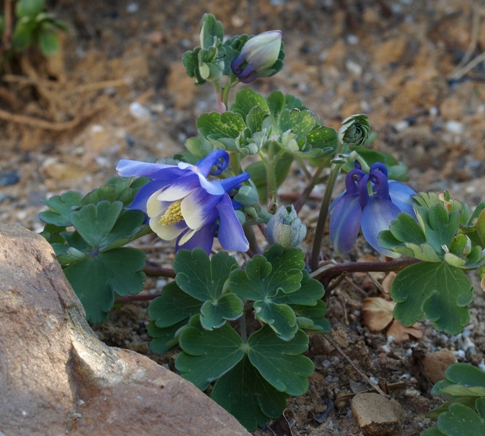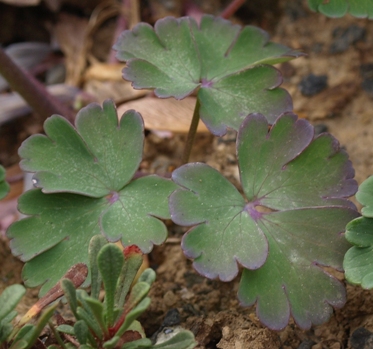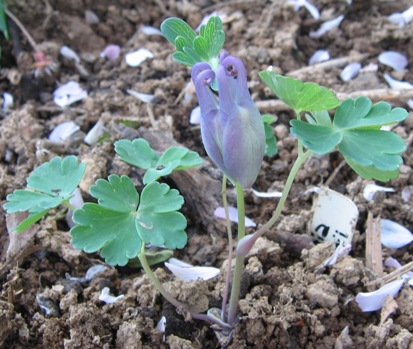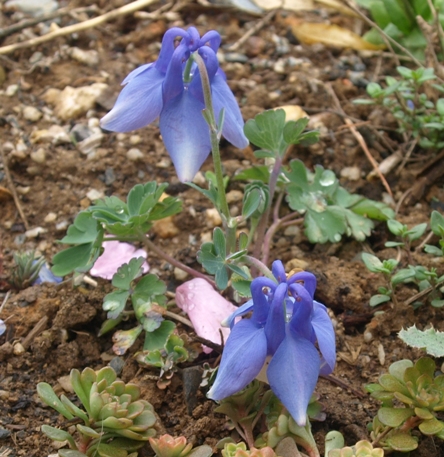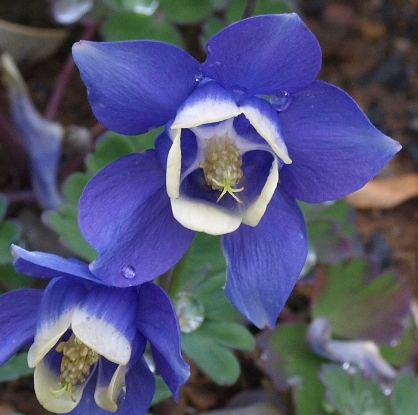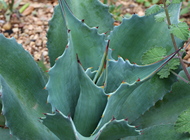 |
Aquilegia bertolonii |
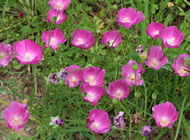 |
| Synonym(s) |
Aquilegia reuteri |
| Common name |
Bertoloni's columbine |
| Family |
ranunculaceae |
| Life cycle |
perennial (Z2-9) |
| Flowers |
blue (May) |
| Size |
12" |
| Light |
sun-part shade |
From seed  |
Germinated for me at room temperature
detailed seed-starting info below
|
| Seed ripens | late June |
A pretty little dwarf columbine, often used in rock gardens. I like the "blue bomb" buds, as well as the blue-and-white bicolor flowers. The leaves are fairly typical for columbines; sometimes purple-tinged in spring, their secondary lobes are gently and irregularly divided. They are among the earliest-blooming columbines in our garden, but haven't been long-lived - so I start new ones from seed regularly.
|
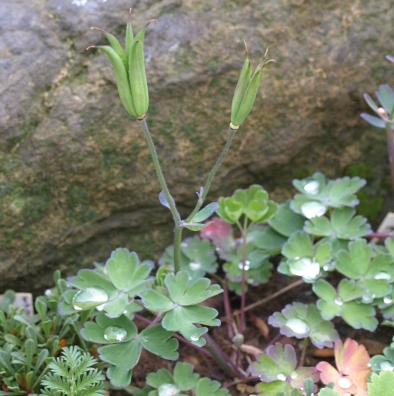
| | Just days after the flowers have faded, the typical seedpods appear. It will be a few weeks before these ripen to brown and spill their bounty of seeds. |
| 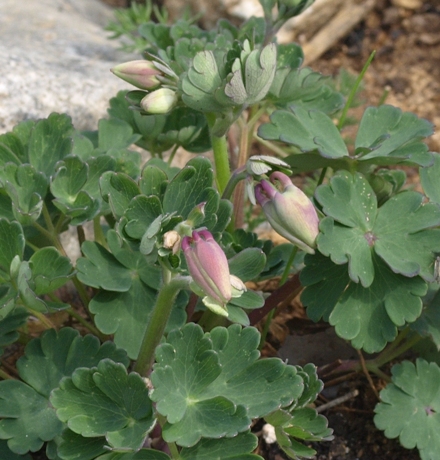
| | Rose-tinged buds |
|
We left this plant behind in our Pennsylvania garden (and wish it well); we don't grow it in Houston. Seed for this plant is included on my seed trade list One or more images of this plant are included in my stock photo catalog About my plant portraits
PlantLinks to other web pages about Aquilegia bertolonii
Visitors to this page have left the following comments| Michael Hagen, Staff Horticulturist | Jul 13, 2011 | The picture you have for Aquilegia bertolinii appears to be Aquilegia flabellata var. pumila - if this is the plant you are growing rather than a mislabelled stock photograph you might want to change your labels!
Thanks for the comment. Can you explain the differentiating characteristics of the two species? |
| Stephanie Digby | Jun 12, 2015 | I have a question about A. bertolinii. I have a plant, looks like your photograph, was labelled. A. bertolinii, but at other sites it is shown as a darker concolor flower. Do you have any information? Thanks..
Columbines are quite promiscuous, easily hybridizing between species. So my seed-grown plants may well have picked up a few genes from a neighbor at some point, and no longer represent the true species. On the other hand, some species are variable in appearance, so I can't say for sure if my photos show A. bertolonii or a related species. |
- Seed from '04/'05 HPS/MAG exchange. Baggy 70F (60%G, 13-48d)
- Seed from '06 garden. Baggy 70F (77%G, 11-21d)
- Seed from HPS/MAG '07/'08 exchange. Baggy 70F (27d; 14%G, 18-24d) - 35F (6w) - 70F (5%G, 14d)
- Seed from HPS/MAG '07/'08 exchange. Baggy 70F (3w) - 35F (7w) - 70F (2%G, 17d). Rest of seed to pot outside 5/3/09
- Seed from '10 garden, cold-stored through summer. Baggy 70F (3w; 22%G, 13d) - 35F (6w) - 70F (55%G, 3-5w)
- Same seed as above, cold-stored. Baggy 70F (32%G, 10-30d)
- Seed from '13 garden. Baggy 70F (20%G, 12-32d)
- Seed from '14 garden, cold-stored. Baggy 70F (17%G, 12-33d)
Easy, as columbines go, as long as seed is fresh.
I welcome comments about my web pages; feel free to use the form below to
leave feedback about this particular page. For the benefit of other visitors
to these pages, I will list any relevant comments you leave, and if
appropriate, I will update my page to correct mis-information. Faced with an
ever-increasing onslaught of spam, I'm forced to discard any comments including
html markups. Please submit your comment as plain text. If you have a
comment about the website as a whole, please leave it in my
guestbook. If you
have a question that needs a personal response, please
e-mail me.
Last modified:
April 29, 2014
Contact me
|


